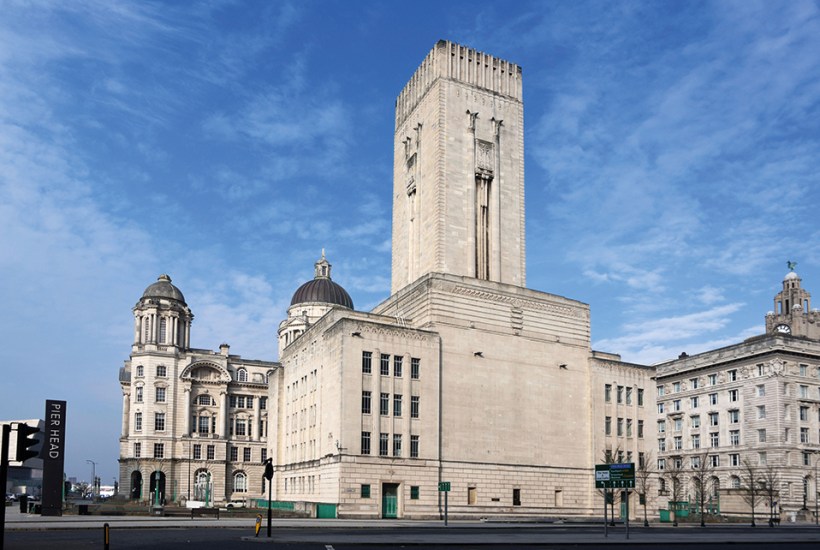Gavin Stamp was a prolific and unusually level-headed architectural writer and historian. Less emotional than Ian Nairn, pithier and more immediate than Nikolaus Pevsner (he knew both men), Stamp wrote definitive books on grand and humble subjects. These ranged from his hero Edwin Lutyens, to brutalism, to Sir Giles Gilbert Scott’s scarlet telephone boxes of 1935.
Already a subscriber? Log in
Subscribe for just $2 a week
Try a month of The Spectator Australia absolutely free and without commitment. Not only that but – if you choose to continue – you’ll pay just $2 a week for your first year.
- Unlimited access to spectator.com.au and app
- The weekly edition on the Spectator Australia app
- Spectator podcasts and newsletters
- Full access to spectator.co.uk
Or
Unlock this article
You might disagree with half of it, but you’ll enjoy reading all of it. Try your first month for free, then just $2 a week for the remainder of your first year.








Comments
Don't miss out
Join the conversation with other Spectator Australia readers. Subscribe to leave a comment.
SUBSCRIBEAlready a subscriber? Log in